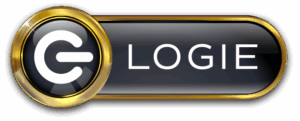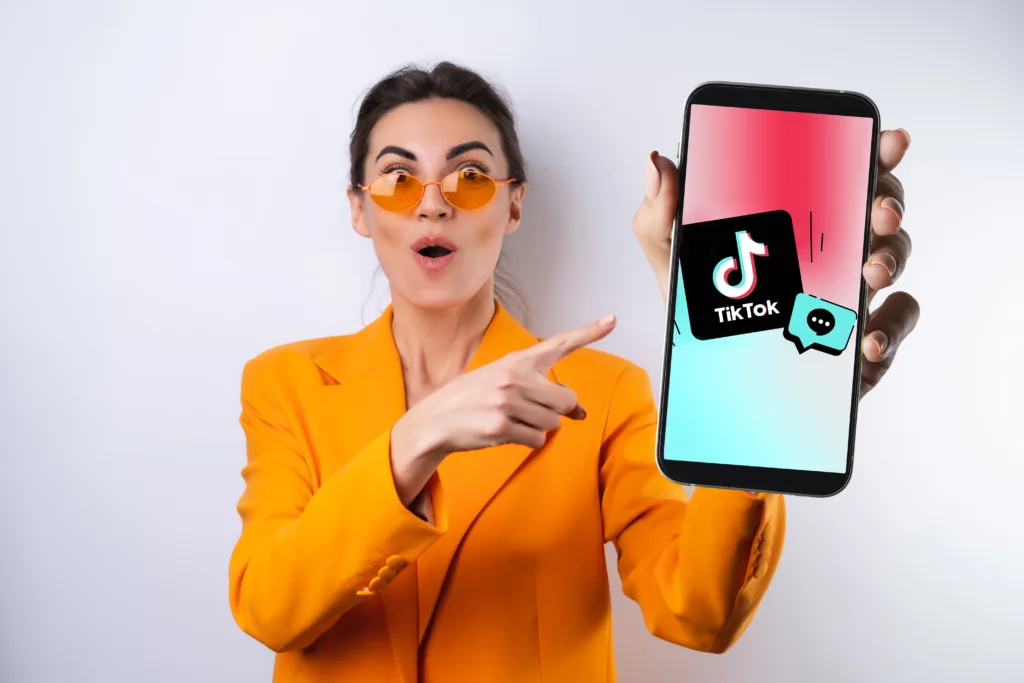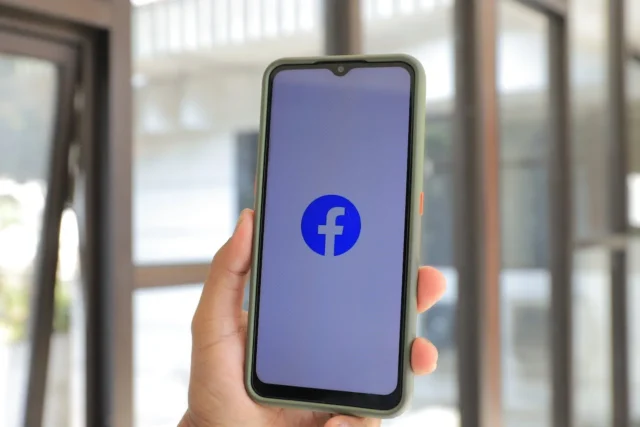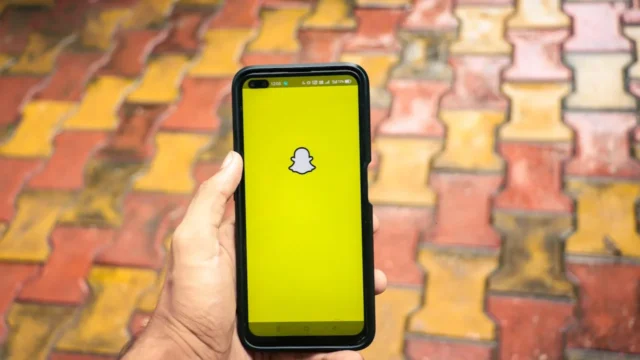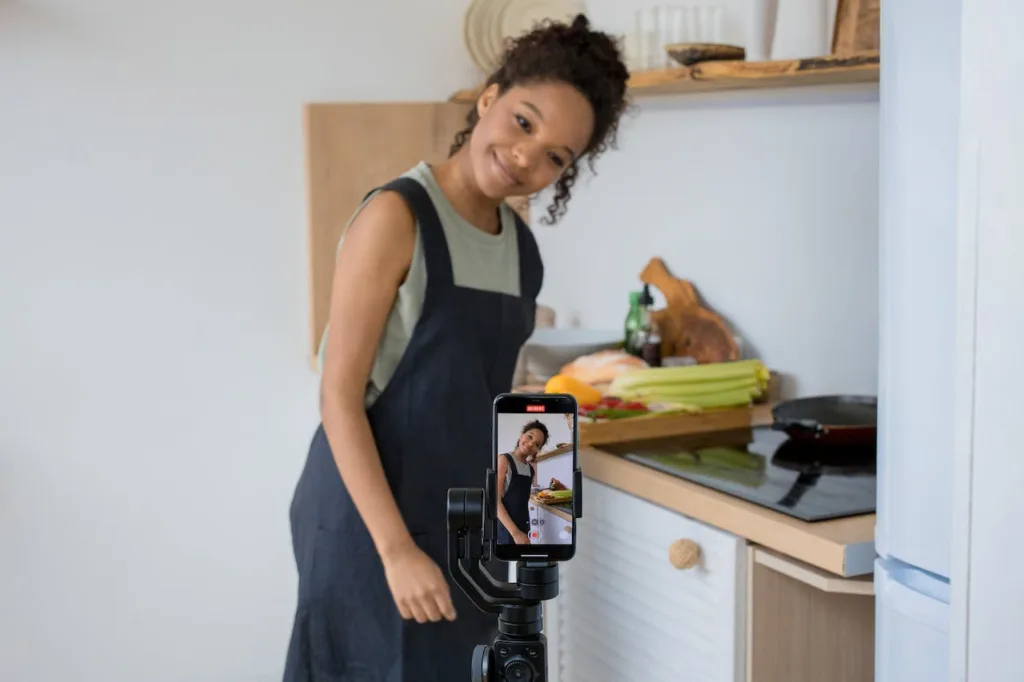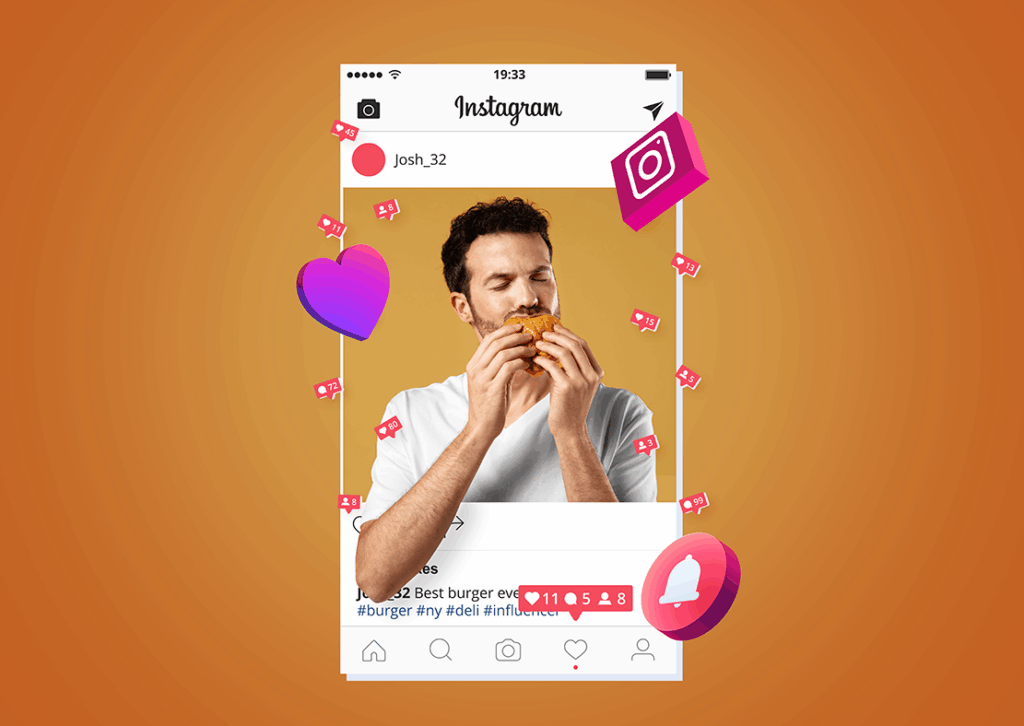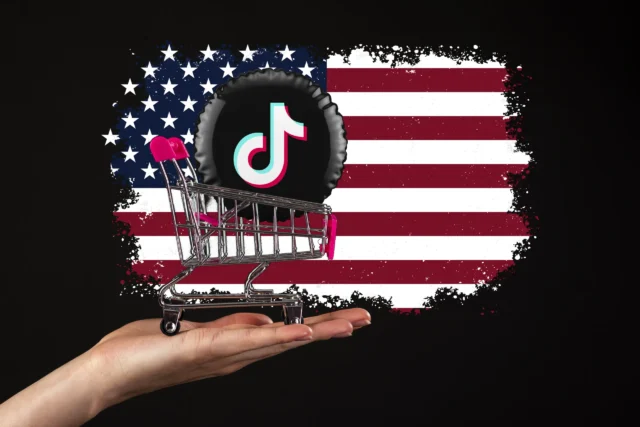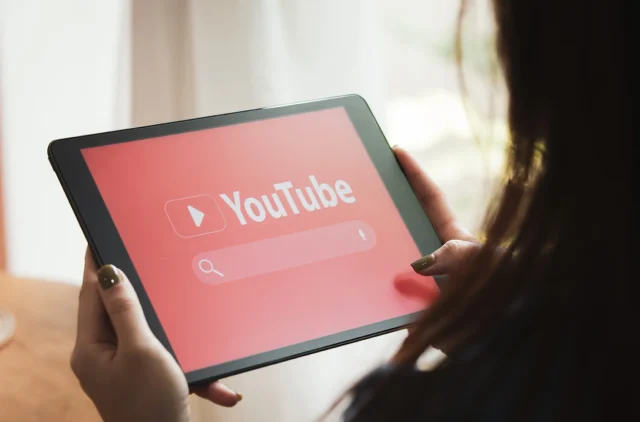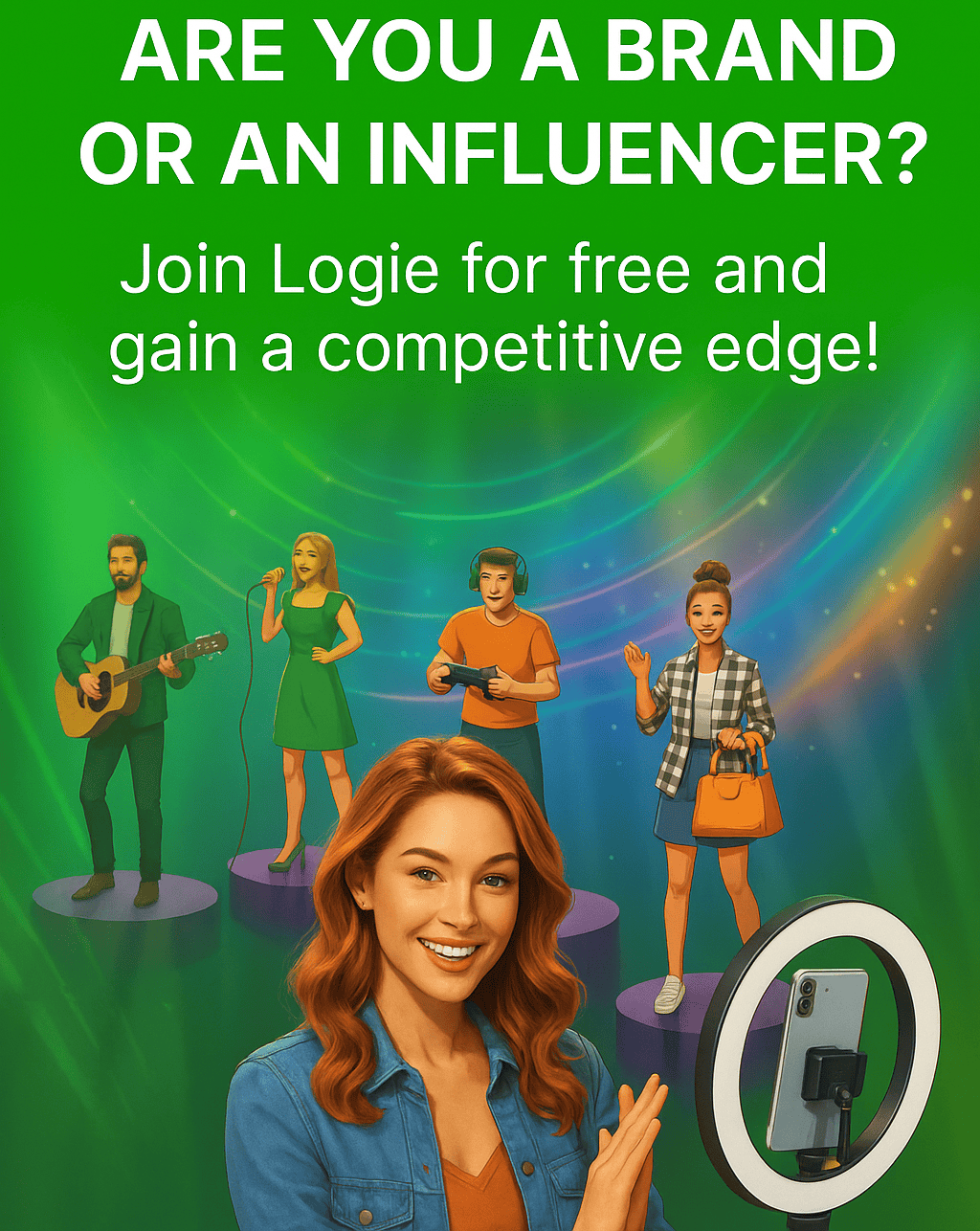TikTok’s Aiming for $20 Billion in Sales in 2024
To expand its global e-commerce footprint, TikTok, owned by ByteDance Ltd., is setting its sights high with an ambitious target of $20 billion in merchandise sales.
This plan marks a significant leap from the $4.4 billion in gross merchandise value recorded last year, indicating a strategic shift in the digital marketplace.
Quadrupling E-Commerce Business
According to Bloomberg, TikTok’s strategy involves more than quadrupling the size of its e-commerce business. This rapid expansion is underpinned by focusing on markets in Southeast Asia, particularly Indonesia.
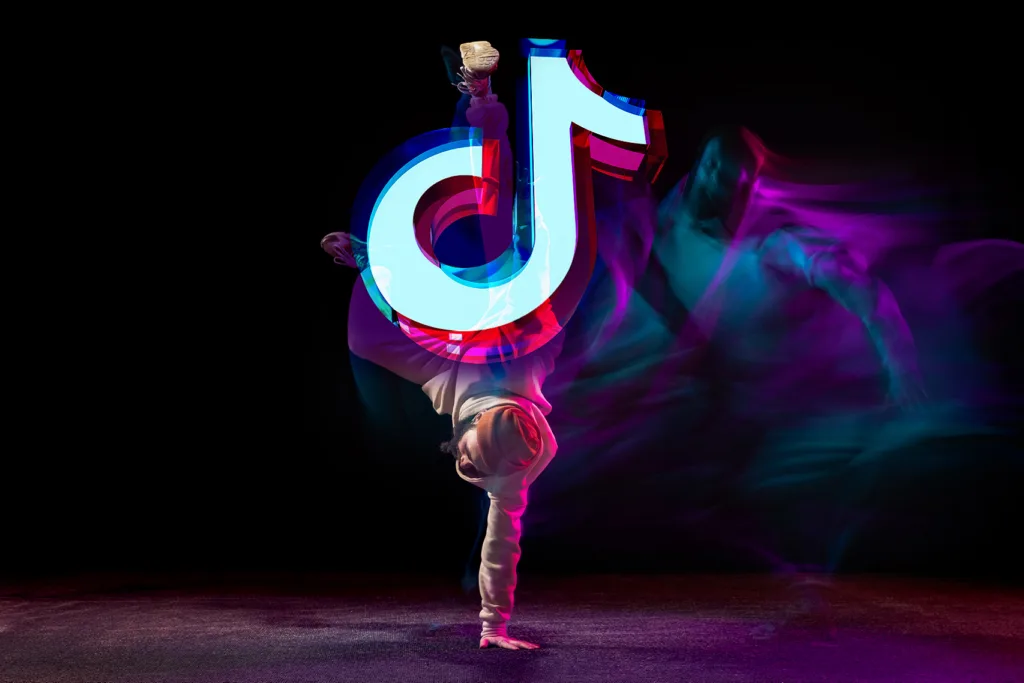
“That would be a speedy increase from last year’s $4.4 billion in gross merchandise value,” Bloomberg reports, highlighting the aggressive growth trajectory TikTok is pursuing.
A key component of TikTok’s strategy hinges on the influential power of content creators in Southeast Asia. The region, known for its robust social media engagement, presents a fertile ground for TikTok’s e-commerce ambitions.
Bloomberg notes, “TikTok is betting on markets such as Indonesia, where influencers sell products from denim jeans to lipstick by showing them off in live-streamed videos.
” This approach blends the platform’s strength in short-form video content with the burgeoning trend of live-streamed shopping experiences.
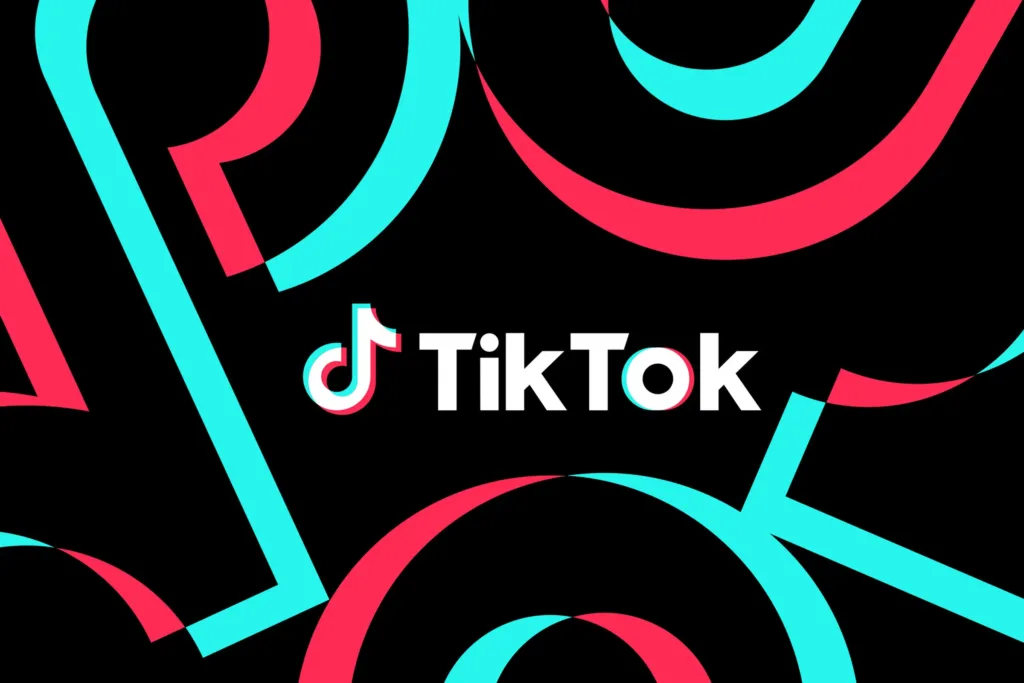
Challenging Established E-Commerce Giants
TikTok’s e-commerce expansion sets it up as a formidable challenger to established players like Amazon and Sea. By leveraging its massive user base and the growing trend of social commerce, TikTok is positioning itself as a key player in the online retail space.
The company’s move into e-commerce signifies a shift in consumer behavior, where social media platforms are not just for content consumption but also shopping.
TikTok’s ambitious $20 billion e-commerce goal reflects a strategic pivot towards integrating social media influence with online retail. By capitalizing on the power of influencers and live-streamed content, especially in high-growth markets like Southeast Asia, TikTok is poised to redefine the e-commerce landscape. This move not only diversifies TikTok’s revenue streams but also challenges the traditional boundaries of social media platforms.
